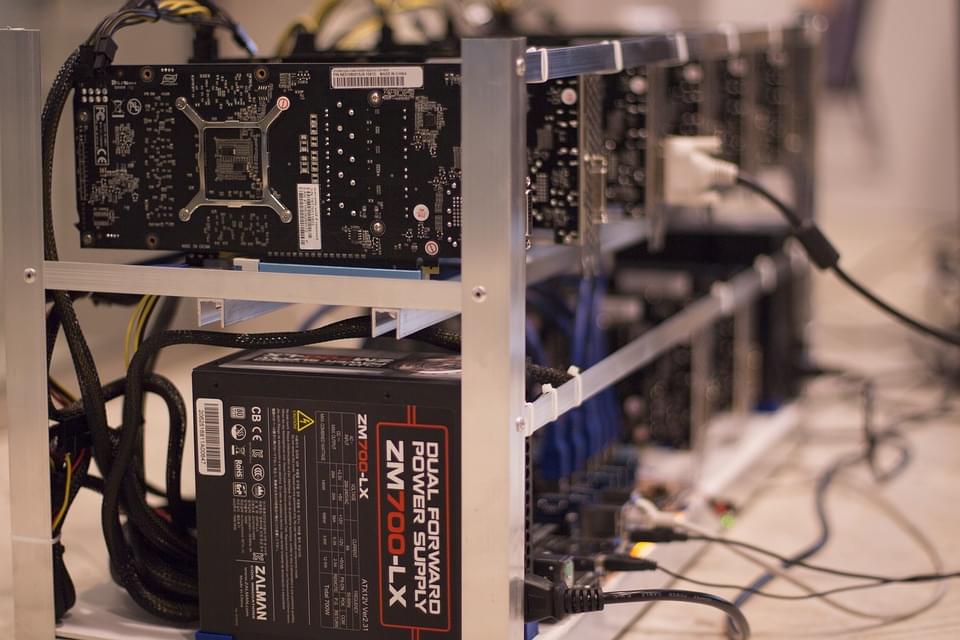This article on Proof of Stake vs Proof of Work was originally published at Bruno’s Bitfalls website, and is reproduced here with permission.
You’ve probably heard of PoW (Proof of Work) and PoS (Proof of Stake). You may have heard of DPoS (Delegated Proof of Stake) and PoA (Proof of Authority) as well. We’ll discuss each method in this article.
Before starting, it’s recommended you first read about the fundamentals: an introduction to cryptocurrency and an introduction to blockchain. Those articles will help you follow along with this article nicely.
Proof of Work
With Proof of Work, your miner (the computer or group of machines under your control) does the following things:
-
It takes from the internet the order to process some transactions. In other words, it takes from the miners geographically closest to it a set of transactions it’s supposed to verify, in which it’s written who’s sending how much of a cryptocurrency to whom.
-
The miner then builds a block — a list of transactions that need to be validated. How many transactions per block depends on the size of those transactions. Those which send from many addresses to many addresses are much larger than those sending money from one to maybe one or two addresses, as previously explained.
-
The miner combines all the data from this block (it literally glues them together), adds some more data into the mix, and then tries to guess the final bit of data which will result in a valid hash when hashed. For example, in Bitcoin, the hash has to be prepended by a certain number of zeroes. The computer, thus, does the following: “Try summing up all of this and the number 1. Incorrect? Okay, try summing up all of this and number 2. Incorrect? Okay, try…”
-
The computer’s processing power will dictate how many of such guesses per second it can do.
-
After a successful guess, the computer gets a block reward, which is currently 12.5 BTC in Bitcoin, or 6.18 XMR in a system like Monero, etc.
The profits of mining this way will vary by hardware, software, and currency. We’ve gone into some detail about that here.

The advantages of PoW are:
-
Outside factor effect. With the PoW mechanism, the production and circulation of money requires external factors like power and hardware. It’s not possible to get the expense of power or production of hardware back. Why this is important will be explained in the PoS section below.
-
It’s simple to pool mine. It’s easy to just grab another computer’s calculated hashes, combine them into one big pool of hashes, and have many computers hashing together, splitting the profits.
-
It’s useful for areas with surplus electricity, like China with its hydroelectric dams.
The disadvantages of PoW are:
-
PoW isn’t possible on smaller and weaker devices like smartphones. Not only do these devices lack the space to store hundreds of gigabytes of blockchain data, but they’re also not computationally powerful enough to mine effectively. The battery would be emptied very quickly, not really accomplishing anything.
-
PoW mining is slow. With Bitcoin, it’s one block every ten minutes, and the transactions that fit inside that block will be processed. Anything else has to wait for the next block. This causes long waiting periods or expensive transactions (those that attach a higher transaction fee are processed faster).
-
PoW is already spending enormous amounts of electricity. Simply mining a single block costs more electricity than some countries need in a whole year. This will only get worse. The dependence of a cryptocurrency on electricity is unsustainable in all but the most stable environments. This dependency also means that a more expensive electricity bill or a government-imposed limit to the types of spending electricity can be used for can stop an entire cryptocurrency.

-
PoW allows for the centralization of mining. China already has 80% of the world’s Bitcoin hashing power, and if their cartels join forces, we’ve got an 80% attack, not a 51% attack.
-
Because the block reward keeps decreasing, miners keep getting fewer and fewer tokens of a mined blockchain. At the same time, as more people are mining, the mining difficulty increases, so it gets harder and harder to mine. This makes mining more and more expensive compared to profits, and fewer people bother with it, exiting the system. The currency self-sabotages. Less hashpower among the miners also makes the 51% attack more likely.
As an example, Bitcoin might still rise to some $25000 or $50000 through the next five years or so, but as transactions get moved off chain onto solutions like the Lightning Network (designed to transact small amounts on the side, without waiting for validation from the main chain, thus moving fees off the main chain too), mining becomes even less profitable. With block rewards approaching 0 and transaction fees all but gone, this will further escalate the miners’ departure from the network, opening it up to a 51% attack or total stagnation.
Continue reading %Proof of Stake vs Proof of Work%
by Bruno Skvorc via SitePoint
No comments:
Post a Comment